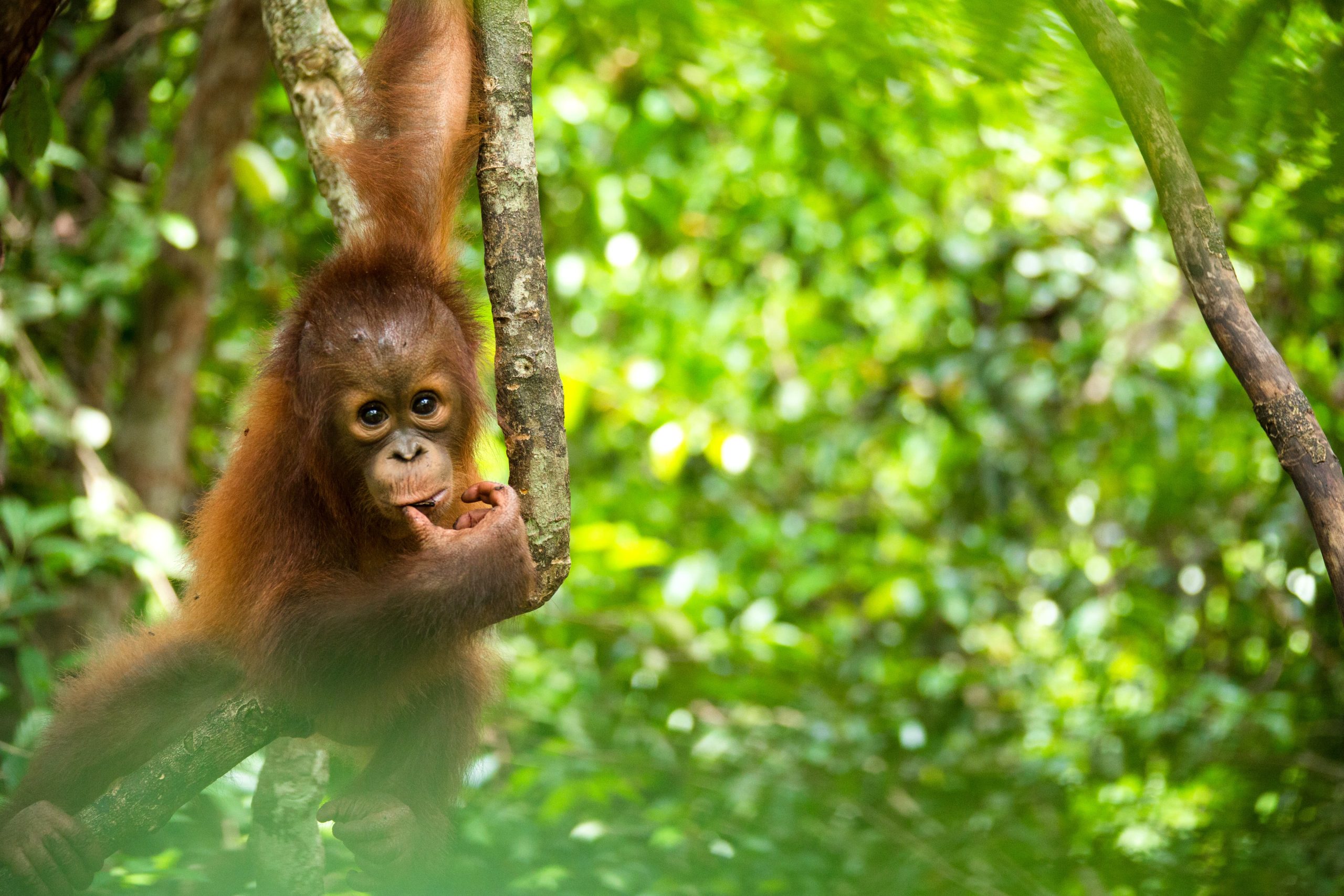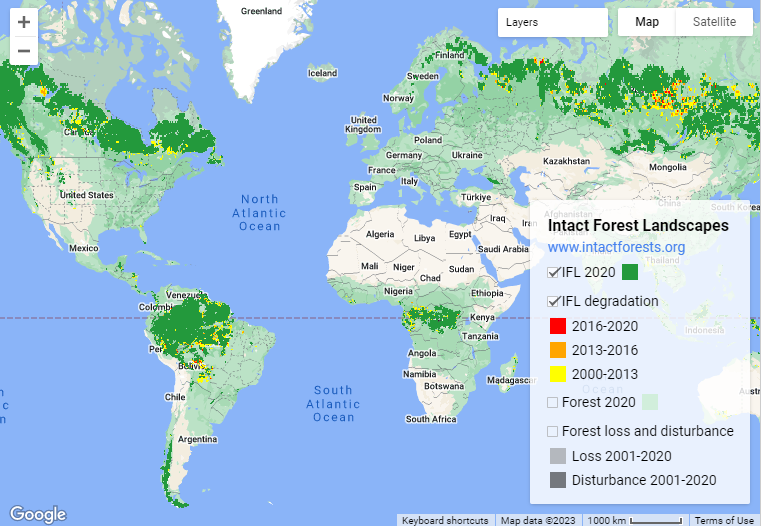
How many wild forests are left in the world
During the last twenty years the global Intact Forest Landscapes lost 1.5 million km2 or 12% of their area.
During the last twenty years (2000-2020) the global Intact Forest Landscapes (IFLs) lost 1.5 million km2 or 12% of their area. The total area of the IFL reduction is nearly equivalent to a threefold area of Spain. Russia, Canada, Brazil, Bolivia, Indonesia, and Peru are responsible for 70% of the total IFL loss area. Out of 65 countries that host IFLs in 2020, 40 countries lost at least 10% of their IFL area since 2000. Paraguay, Solomon Islands, Laos, Nicaragua, and Equatorial Guinea are among countries that lost more than half of their IFLs.

As we can see, losses are distributed around the world unevenly. It can be assumed that nothing will remain of large arrays of wild forests in Eastern Siberia, Southeast Asia and Equatorial (Central) Africa by the middle of the century. Сatastrophic fires, industrial timber harvesting, mining, and deforestation for an agricultural industry are the main threats.
Every year the rate of loss of wild forests in the world is growing. The highest growth in the annual area of intact forest losses occurs in Russia by 140%, from 14 to 33 thousand km2 per year. If this process continues at the same speed, by 2050 we will lose one-third of the forests in their area compared to the beginning of the XXI century.
Currently, intact forest territories account for only about 20% of the forests of our planet. But the loss of these territories, the remnants of wild forests, will have extremely dangerous consequences for all terrestrial life.
Conservation of Intact Forest Landscapes is a task of great global significance. New and existing infrastructure development, timber harvesting, and mineral resources extraction should avoid fragmentation of remaining IFLs. The Indigenous Peoples’ rights should be recognized to ensure their active contribution to the prevention of industrial degradation of remaining forest wildlands. Given that the remaining IFL area is far lower than the 30% CBD land conservation target, IFLs should be considered as a priority when existing protected area networks are revised and expanded.

